Table of Contents
Welcome to Tauhuichiban, your ultimate guide to the world of Japanese teas and drinks. Japan is renowned for its rich tea culture and diverse range of alcoholic and non-alcoholic beverages. From the delicate flavors of green tea to the bold notes of sake, Japanese teas and drinks offer a unique and unforgettable experience. In this comprehensive guide, we'll introduce you to The best Japanese teas and drinks, providing you with everything you need to know about their history, flavors, and how to enjoy them. Whether you're a tea enthusiast or simply curious about Japanese culture, this guide will provide you with the knowledge and inspiration to explore the world of Japanese teas and drinks.
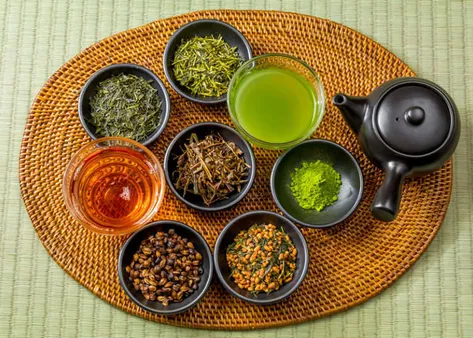
The Best Japanese Teas and Drinks to Savor at Your Next Gathering
I. Japanese Green Tea: Unveiling the Delicacies of Sencha, Gyokuro, and Matcha
Japanese green tea is renowned for its delicate flavors, vibrant colors, and numerous health benefits. Among the diverse range of green teas produced in Japan, Sencha, Gyokuro, and Matcha stand out as three of the most popular and exquisite varieties. Each of these teas possesses a unique character, offering a distinct sensory experience.
Type of Green Tea | Cultivation Method | Flavor Profile |
|---|---|---|
Sencha | Grown in full sun | Light, refreshing, grassy |
Gyokuro | Grown in the shade for 20 days before harvest | Deep, umami, seaweed-like |
Matcha | Made from finely ground tea leaves | Intense, earthy, slightly bitter |
Sencha, the most widely consumed green tea in Japan, is characterized by its light, refreshing, and slightly grassy flavor. Cultivated in full sun, Sencha leaves produce a pale green liquor with a delicate aroma. The tea is known for its high caffeine content, making it a popular choice for a morning pick-me-up.
In contrast to Sencha, Gyokuro is grown in the shade for approximately 20 days prior to harvest, resulting in a deeper, umami-rich flavor with hints of seaweed. The extended shading process increases the tea's chlorophyll content, contributing to its vibrant green color and distinctive taste. Gyokuro is considered a premium green tea and is often enjoyed during special occasions.
Matcha, a finely ground green tea powder, is distinguished by its intense, earthy, and slightly bitter flavor. Unlike other green teas, Matcha is consumed by whisking the powder with hot water, creating a frothy, opaque beverage. Matcha is rich in antioxidants and has gained popularity as a health supplement and culinary ingredient.
Health Benefits of Green Tea |
|---|
High in antioxidants |
May improve cognitive function |
May boost metabolism |
All three varieties of green tea offer a range of health benefits, including high levels of antioxidants, which help protect the body against damage from free radicals. Green tea consumption has also been linked to improved cognitive function, increased metabolism, and a reduced risk of certain chronic diseases. The specific health benefits may vary depending on the type of green tea and the amount consumed.
Whether you prefer the light and refreshing Sencha, the umami-rich Gyokuro, or the intense Matcha, Japanese green tea oferece a unique and flavorful experience that can be enjoyed in various settings. The next time you crave a refreshing and healthy beverage, consider exploring the world of Japanese green tea and discovering the delicate nuances of these exceptional varieties.
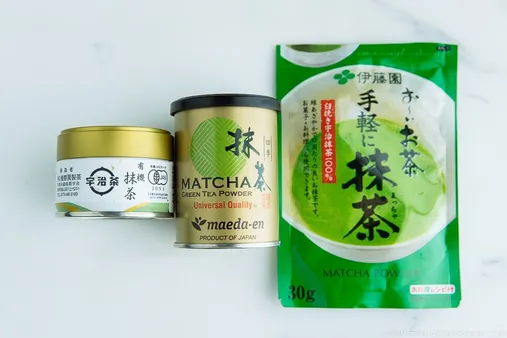
Japanese Green Tea: Unveiling the Delicacies of Sencha, Gyokuro, and Matcha
II. Unique Japanese Teas: Exploring Hojicha, Genmaicha, and Mugicha
In the realm of Japanese tea culture, there exists a trio of distinctive teas that offer a departure from the traditional green tea experience: Hojicha, Genmaicha, and Mugicha. Each of these teas possesses its own unique characteristics, flavors, and brewing methods, making them worthy of exploration for tea enthusiasts and casual drinkers alike.
Hojicha, with its roasted aroma and earthy notes, is crafted from green tea leaves that have undergone a roasting process. This roasting imparts a smoky, caramel-like flavor to the tea, making it a popular choice for those who prefer a less astringent and more robust brew. Hojicha is often enjoyed as a relaxing evening tea or as an accompaniment to meals.
Genmaicha, on the other hand, combines green tea leaves with roasted brown rice, resulting in a tea with a nutty, toasty flavor. The addition of brown rice not only adds a unique taste but also provides a slightly chewy texture to the tea. Genmaicha is a versatile tea that can be enjoyed both hot and cold, making it a great choice for any time of day.
Mugicha, also known as barley tea, is a caffeine-free beverage made from roasted barley grains. It has a light, slightly sweet flavor with a hint of smokiness. Mugicha is a popular summer drink in Japan, as it is believed to have cooling properties. It is also a good source of antioxidants and minerals.
Tea | Flavor | Caffeine |
|---|---|---|
Hojicha | Roasted, earthy, caramel-like | Low |
Genmaicha | Nutty, toasty, slightly chewy | Low |
Mugicha | Light, slightly sweet, smoky | Caffeine-free |
Whether you are a seasoned tea connoisseur or simply curious about exploring the diverse world of Japanese teas, Hojicha, Genmaicha, and Mugicha offer unique and flavorful experiences that are sure to delight your palate. So next time you are looking for a refreshing and flavorful beverage, consider giving one of these exceptional teas a try.
For more information on Japanese teas, check out our related articles on The Best Japanese Teas and Drinks and The History and Culture of Japanese Cuisine.
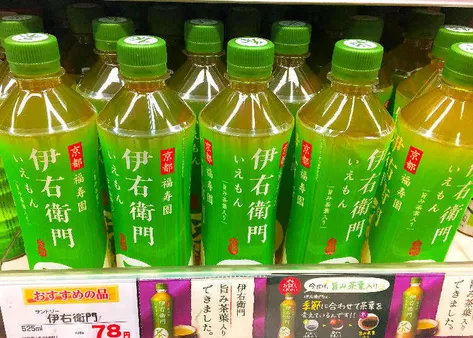
Unique Japanese Teas: Exploring Hojicha, Genmaicha, and Mugicha
III. Japanese Drinks Beyond Tea: Discovering Amazake, Kuromitsu, and Ramune
While green tea is the most famous Japanese beverage, there are many other delicious non-alcoholic drinks to explore. Three popular options are amazake, kuromitsu, and ramune. All three drinks each have a unique flavor profile, and they can be enjoyed on any occasion.
Drink | Flavor Profile | Common Occasions |
|---|---|---|
Amazake | Sweet, slightly tangy, with a hint of rice | Breakfast, afternoon snack, after-meal dessert |
Kuromitsu | Thick, sweet, and molasses-like | Drizzled over desserts, used in dipping sauces |
Ramune | Fizzy, sweet, and fruity | Summer festivals, picnics, casual get-togethers |
Amazake is a fermented rice drink that is slightly sweet and has a hint of tanginess. It is made from koji, a type of mold, and is often served warm in the winter. Amazake has a probiotic effect, making it a good choice for gut health. Sweet potato amazake is a less common variety.
Kuromitsu is a thick, sweet syrup made from brown sugar. It has a molasses-like flavor has several uses. It is often drizzled over desserts, such as shaved ice or fruit. Kuromitsu is also used in dipping sauces and glazes.
Ramune is a carbonated soft drink that is popular in Japan. It is known for its unique bottle design, which has a marble in the neck that must be pushed down to release the drink. Ramune comes in various flavors, including original, strawberry, melon, and grape. Original and melon ramune tend to be the most popular of these flavors.
These are just a few of the many delicious Japanese drinks that are available. If you are looking for something new to try, be sure to give one of these a try.
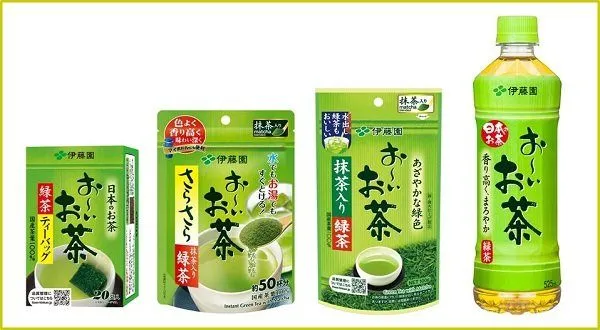
Japanese Drinks Beyond Tea: Discovering Amazake, Kuromitsu, and Ramune
IV. The Art of Japanese Tea Ceremony: Rituals and Etiquette
The Japanese tea ceremony, known as chanoyu or chadō, is a ritualized form of preparing and serving matcha, a powdered green tea. It is a highly formalized and symbolic practice that has been cultivated in Japan for centuries. The tea ceremony is not simply about drinking tea; it is a way of cultivating mindfulness, harmony, and respect. Every aspect of the ceremony, from the preparation of the tea to the way it is served, is imbued with meaning and symbolism.
The tea ceremony is typically held in a tea house or tea room, which is a specially designed space for the purpose. The tea room is usually simple and rustic, with tatami mats on the floor and a tokonoma, or alcove, where a scroll or flower arrangement is displayed. The guests are expected to remove their shoes before entering the tea room and to sit in a respectful manner.
Step | Description |
|---|---|
1 | The host greets the guests and invites them into the tea room. |
2 | The guests remove their shoes and enter the tea room. |
3 | The guests sit in a respectful manner, facing the host. |
4 | The host prepares the tea and serves it to the guests. |
5 | The guests drink the tea and enjoy the conversation. |
6 | The guests thank the host for the tea and leave the tea room. |
The tea ceremony is a unique and immersive experience that offers a glimpse into Japanese culture and tradition. It is a practice that can be enjoyed by people of all ages and backgrounds, and it is a wonderful way to learn about Japanese history, art, and philosophy.
If you are interested in learning more about the Japanese tea ceremony, there are many resources available online and in libraries. You can also find tea ceremony classes in many cities around the world.
- The History and Culture of Japanese Cuisine
- See our related post on The Best Japanese Restaurants in Your City
- See our related post on The Health Benefits of Japanese Herbs and Spices
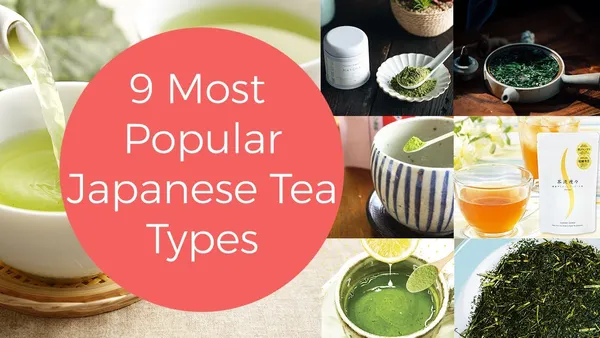
The Art of Japanese Tea Ceremony: Rituals and Etiquette